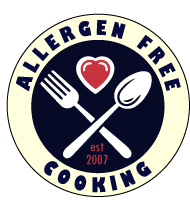Cross-contact and cross-contamination are important concepts in food safety that refer to the unintentional transfer of food allergens, pathogens, or other substances from one food to another. However, the terms have distinct meanings and refer to different aspects of food safety.
Cross-contact refers to the transfer of allergens or other substances from one food product to another through direct or indirect contact. This can occur in various stages of the food production and preparation process, including storage, preparation, cooking, and serving. For example, if a knife used to cut a peanut butter sandwich is then used to cut a piece of bread without being cleaned, the bread is considered to have been cross-contaminated with peanuts.
Cross-contamination, on the other hand, refers to the transfer of pathogens from one food to another through indirect contact, such as through contaminated surfaces, equipment, or hands. This can occur during food preparation, storage, or cooking, and can result in foodborne illness if the contaminated food is not properly handled, stored, or cooked to destroy the pathogens. For example, if raw chicken is not properly stored and it comes into contact with other foods in the refrigerator, cross-contamination can occur and potentially cause foodborne illness.
Both cross-contact and cross-contamination can be prevented through proper food handling and preparation practices, including washing hands, using separate cutting boards and utensils for different types of food, and properly storing and cooking food to the recommended temperatures.
In summary, cross-contact refers to the transfer of allergens or other substances from one food to another, while cross-contamination refers to the transfer of pathogens from one food to another. Both can pose significant risks to food safety and it is important to take measures to prevent them.

No comments:
Post a Comment
Collective Mind = Solutions